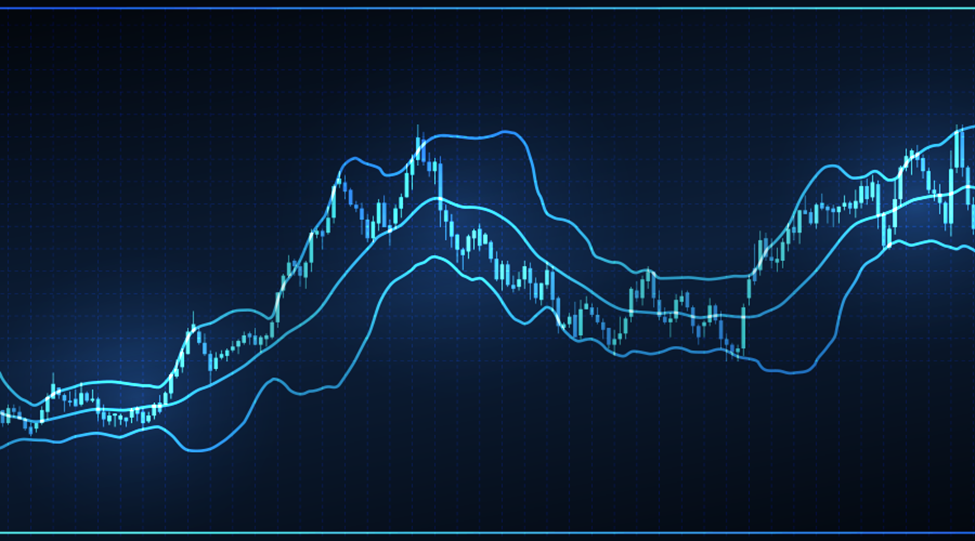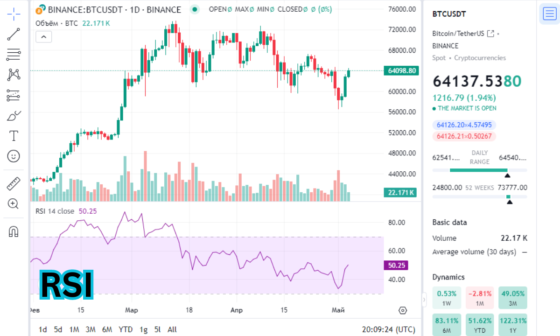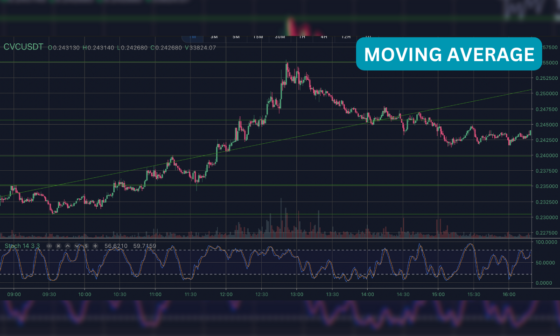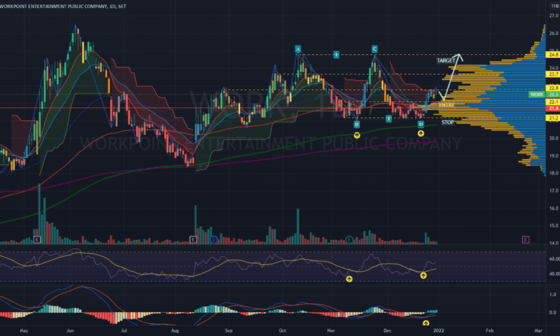In the world of data analysis and technical trading, smoothing techniques play a crucial role in filtering out noise and revealing underlying trends. The SuperSmoother, developed by John Alan Friedman, stands out as a particularly sophisticated and versatile smoother.
Let’s explore its origins, calculations, and potential applications.
What is the SuperSmoother?
The SuperSmoother is a variable-span, running lines smoother initially proposed in a Stanford University technical report. It belongs to a broader family of smoothing algorithms designed to create a fitted curve that closely follows a set of data points while reducing the impact of random fluctuations.
Key features of the SuperSmoother include:
- Adaptability: Unlike smoothers with a fixed span (window of data points used), the SuperSmoother’s span adjusts dynamically based on local trends in the data.
- Robustness: It handles noise and outliers more effectively than some simpler smoothing methods.
- Computational Efficiency: Despite its complexity, the SuperSmoother remains computationally efficient, making it suitable for real-time analysis.
Why Use the SuperSmoother?
The SuperSmoother has applications in various fields where extracting meaningful signals from noisy data is vital.
Statistics
Smoothing time-series data to uncover trends, seasonality, and long-term patterns.
Technical Analysis
Creating smoother moving averages or other technical indicators, potentially reducing lag and false signals.
Scientific Visualization
Smoothing experimental data to enhance clarity and highlight key relationships.
How Does the SuperSmoother Work?
The SuperSmoother algorithm involves several steps and incorporates elements of cross-validation and linear interpolation. A simplified outline:
- Subseries Creation: The data is divided into overlapping subseries of varying lengths.
- Linear Fits: For each subseries, a simple linear regression line is fit to the data.
- Cross-Validation: A leave-one-out cross-validation procedure helps determine the optimal span for each data point.
- Final Smoothing: The predicted values from the best-fitting linear models are combined (often with weights) to produce the final smoothed output.
Understanding the Ehlers Super Smoother Filter
This filter builds upon the statistical SuperSmoother algorithm and adapts it specifically for financial market analysis.
It goes beyond simple smoothing offered by traditional moving averages. It aggressively removes “noise,” defined as price fluctuations with cycles shorter than a specified timeframe (default 10 bars/candles).
The assumption is that short-term volatility often obscures the underlying trend that longer-term traders might focus on.
How to Use the Ehlers Super Smoother Filter
The Ehlers Super Smoother Filter functions similarly to a very smooth moving average and can be used as:
Trend Indicator
- Uptrend: Prices remain mostly above the filter line.
- Downtrend: Prices remain mostly below the filter line.
- Trend Changes: Crossovers of the filter and price can signal potential reversals.
Dynamic Support/Resistance
In an uptrend, the filter might act as support during pullbacks.
In a downtrend, the filter might act as resistance on bounces.
- In Conjunction with Other Tools: Since the filter is very smooth, combining it with faster-reacting indicators or oscillators can provide confirmation for trade entries and exits.
Key Considerations
“Noise” is Subjective: What one trader considers noise might be meaningful signals for another. The filter’s aggressiveness is a double-edged sword.
The default 10-bar setting might not be suitable in all markets or timeframes. Experimentation is key.
While the SuperSmoother reduces lag compared to simple moving averages, it still inherently lags behind the current price action.
Where to Find the Indicator
Many popular trading platforms offer the Ehlers Super Smoother Filter (or variations of it) amongst their built-in technical indicators.
Search for “Ehlers” or “Super Smoother” within your platform’s tools.
Limitations
Like all technical indicators, the Ehlers Super Smoother Filter is best used as one component of a broader trading strategy. It can help isolate longer-term trends but shouldn’t be relied upon exclusively for trade signals.
Conclusion
The SuperSmoother is a sophisticated statistical algorithm that has found valuable applications in technical analysis. Its ability to aggressively filter noise and highlight underlying trends makes it a powerful tool for traders seeking to isolate longer-term movements.
Understanding the SuperSmoother’s principles is beneficial even if you ultimately use indicators derived from it, like the Smoothed Hull Moving Average (HMA) or the Ehlers Super Smoother Filter.
FAQs
How is the SuperSmoother different from traditional moving averages?
• Traditional moving averages (SMA, EMA) provide a degree of smoothing, but still incorporate a significant amount of short-term price fluctuations. The SuperSmoother aims for near-complete noise reduction and emphasizes the dominant trend.
Can I implement the SuperSmoother using a spreadsheet?
• While possible, it would be quite complex. The SuperSmoother’s calculations involve cross-validation and iterative steps. It’s best implemented using programming languages with statistical libraries (like Python or R).
What are the drawbacks of the SuperSmoother’s approach?
Potential Over-Smoothing: By aggressively removing noise, traders might miss out on early signals of trend reversals or meaningful shorter-term patterns.
Subjectivity: The definition of “noise” depends on your trading timeframe and strategy.







